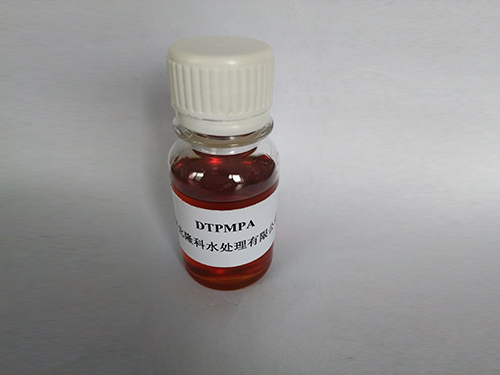PAC Poly Aluminum Chloride - Water Treatment Solution
The Role of PAC (Poly Aluminum Chloride) in Water Treatment
Poly Aluminum Chloride (PAC) is a widely used coagulant in the water treatment industry, known for its effectiveness in purifying drinking water and wastewater. This versatile chemical compound has gained popularity due to its ability to remove impurities and enhance water clarity. This article explores its composition, benefits, applications, and environmental impact.
PAC is an aluminum-based coagulant that is derived from the hydrolysis of aluminum salts. It typically exists as a white powder or liquid and has a higher positive charge compared to traditional aluminum sulfate. This increased charge density allows PAC to bond more effectively with negatively charged particles such as dirt, organic matter, and microorganisms, facilitating their aggregation and subsequent removal from water sources.
The Role of PAC (Poly Aluminum Chloride) in Water Treatment
The application of PAC extends beyond drinking water treatment; it is also employed in the treatment of industrial wastewater. Industries such as mining, paper production, and food processing benefit from PAC’s ability to clarify effluents by removing suspended solids and colloidal matter. This not only aids in meeting environmental regulations but also minimizes environmental impact by ensuring that discharged water meets quality standards.
pac poly aluminum chloride

Another notable benefit of PAC is its compatibility with various other chemicals and treatment processes. This makes it an ideal choice for integrated water treatment systems where multiple treatment methods are employed to enhance overall water quality. PAC can be used in conjunction with other coagulants, flocculants, and disinfectants to achieve optimal results.
From an environmental perspective, using PAC can lead to less aluminum residual in treated water, which is beneficial given concerns about aluminum’s potential health impacts. Moreover, its reduced sludge production contributes to lower disposal costs and environmental footprint.
However, it is essential to consider potential drawbacks associated with PAC. While it is generally safe for use, there are concerns about its residual aluminum, particularly in sensitive ecosystems. Therefore, ongoing research aims to optimize its usage and explore alternative coagulants that may offer similar benefits with even lower ecological impact.
In conclusion, Poly Aluminum Chloride plays a crucial role in modern water treatment, offering numerous benefits in terms of efficiency, cost-effectiveness, and environmental impact. As water management challenges continue to evolve, the ongoing development and optimization of PAC and similar coagulants will be vital in ensuring safe and clean water for all. Its adaptability across various applications highlights its significance in the quest for sustainable water treatment solutions in an increasingly water-scarce world.
-
Water Treatment with Flocculant Water TreatmentNewsJun.12,2025
-
Polymaleic AnhydrideNewsJun.12,2025
-
Polyaspartic AcidNewsJun.12,2025
-
Enhance Industrial Processes with IsothiazolinonesNewsJun.12,2025
-
Enhance Industrial Processes with PBTCA SolutionsNewsJun.12,2025
-
Dodecyldimethylbenzylammonium Chloride SolutionsNewsJun.12,2025





